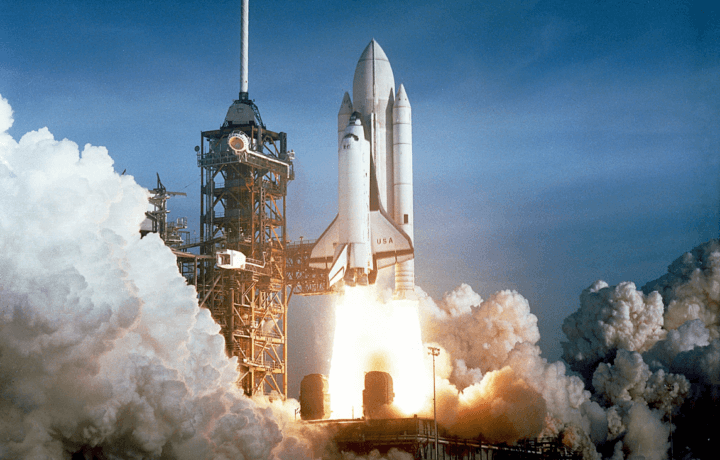Outer space is a hostile environment for humans, but now a new initiative is underway to help develop materials for deployable space structures. At the end of October, the Air Force Research Laboratory (AFRL) Space Vehicles Directorate held a ribbon-cutting ceremony to mark its newest effort, the Deployable Structures Laboratory or DeSel.
AFRL is the primary scientific research and development center for the Department of the Air Force, and it plays an integral role in leading the discovery, development, and integration of affordable warfighting technologies for our air, space, and cyberspace force.
Making the DelSel
Construction of the $4 million, 7,000-plus square foot laboratory began in December 2019.
This new facility will allow scientists and engineers to continue the work of the Spacecraft Component Technology Center of Excellence, which already has a long history of technology development and transition in spacecraft structure materials.
“I’m excited to have a facility that was specifically built for testing novel deployable space structures,” said Benjamin Urioste, research engineer and lead for the Integrated Structural Systems team that will be performing the research in the DeSel. “With the push toward hybrid architecture and smaller satellites, high packing efficiency structures and the ability to bring large satellite capability to small satellites is more important than ever.”
Space Age Composites For Space Age Needs
AFRL has already been successfully conducting research and development of high-strain composite materials for use on spacecraft for more than a decade. These space-age materials can be ideally suited for use in space, but these still require testing.
Urioste said that the new class of high strain composite-enabled structures therefore needs its own testing facilities. “Satellite deployments are nerve-wracking, one-shot endeavors and the high-fidelity ground testing that will take place in the DeSel is critical to ensuring on-orbit success.”
DelSel should be more than up to the task, as the facility can test 20 meter x 16 meter (65.7 feet x 49.2 feet) structures in a secure, climate-controlled, vibration-isolated laboratory. It will feature specialized equipment that can be utilized to analyze the precision and repeatability of spacecraft structure deployments.
“The structures made possible by high strain composites will enable new mission paradigms for the U.S. Space Force,” said Mark Roverse, the Spacecraft Technologies Division Chief. “AFRL has led development of high strain composites for deployed spacecraft structures, and we are excited to see the new mission capabilities that are being enabled.”
Testing, Testing, 1, 2, 3…
One of the first spacecraft that could be tested at the DelSel could be the ARFL’s Space Solar Power Incremental Demonstration and Research Project (SSPIDR). It is being developed as a spacecraft that could be capable of collecting solar energy in orbit, and then transmitting the energy to a forward-operating base via radio frequencies.
“Energy is a strategic enabler and potential vulnerability for our nation and our Department of Defense” said U.S. Air Force Col. Eric Felt, director of AFRL’s Space Vehicles Directorate, last year when the project was announced. “To ensure DoD mission success we must have the energy we need at the right place at the right time.”
Northrop Grumman was awarded a $100 million contract to help support the SSPIDR’s development.
Felt, who is a selectee to transfer from the Air Force to the Space Force, added last month, “AFRL is proud to be the laboratory that supports both the Air Force and Space Force. I am thrilled with the capabilities and game-changing research that will be carried on in the DeSel that will give our air and space warfighters the best advantages possible over our adversaries.”
First Astronaut to Join Space Force
Col. Felt is not the only Air Force officer who may transfer to United States Space Force. It was announced that Air Force astronaut Col. Michael “Hopper” Hopkins will transfer to Space Force once he is on board the International Space Station. He is the commander for the upcoming SpaceX Crew-1 mission, which will be the first crew rotation mission to the space station as part of NASA’s Commercial Crew program
In a number of firsts, Col. Hopkins will also become the first astronaut to join the Space Force, which is the sixth and next branch of the military. It was officially established last December under the Department of the Air Force. It has already begun to enlist recruits while Space Force has conducted transfer ceremonies for service members.
The SpaceX Crew-1 mission is expected to launch Nov. 14 from the Kenney Space Center in Cape Canaveral, FL.




